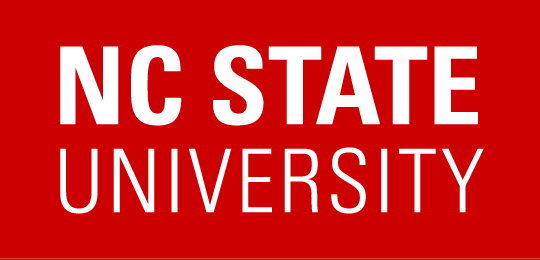With the rise of technological innovations in the modern age, the idea of a “language” has been turned completely upside down. The word no longer refers solely to verbal speech or body language; The 21st century definition of “language” now encompasses texting lingo, emoticons and comical pictures that hold meaning and convey understood messages, otherwise known as memes. Memes are the latest technological language. First popularized on various internet platforms and now found on application such as iFunny, Instagram, Twitter, and Reddit, memes have taken off in recent years and are used primarily by teens and generally younger generations. While I would argue that memes and expression through visuals as opposed to spoken words are a positive representation of how language is changing to become simpler, more flexible, less restricting and a more globalized phenomena, as it may be an avenue for communication between people who speak different languages, meme culture certainly has its critics. Regardless of its blatant disregard for grammar and rules of linguistics with regard to syntax, semantics, and other language structures, the rise of memes and other forms of technological languages are changing the course of how we communicate with one another, not only on an individual basis, but on the basis of large-scale interactions; Specifically, the interaction between high school students and the College Board.
For those who are unfamiliar with the correlation between memes and standardized testing, let me do a bit of explaining. Picture this: It’s a cold, rainy Saturday morning and hundreds of teenagers file into the local public high school to take the SAT. It’s the day that everyone dreads, few have prepared for ahead of time and many just want to be over with. Yet, despite the anxiety and foreboding sense that usually comes with sitting at your desk with a number two pencil waiting to be handed an examination, there is always a light at the end of the tunnel: the memes that you will soon be scrolling through on Twitter after the test. In recent years, it has become a norm for students to post memes on social media regarding the content of standardized testing, and the College Board has fought hard to combat it. There have been threats that scores of those who disclose information will be cancelled, and proctors of the ACT, SAT and AP Examinations are even required to express the potential dangers of sharing content via social media or otherwise. However, such threats did little to stop meme culture from exploiting standardized testing and the College Board is now fighting back in a different way: their own corporate memeing. The ongoing feud is now painfully ironic, though it has added an element of fun and playful banter to a fight that did not start off as so.
So, how does the widespread nature of memes make a statement about the society in which we live with regard to technological language? Personally, I view memes in accordance with the concept of techno-optimism that we so often talk about in class– the idea that technology will solve our problems and enhance our world. While some would argue that the online platforms in which we communicate and the ways in which we do so exemplify laziness, simplicity and a complete disregard for prescriptivism, I see memes as a way to show wit, increasing creativity, and make online interactions more friendly and relaxed by connecting people through humorous common ground. Widespread usage by the general public and large-scale corporations, alike, as seen through the interaction between students and the College Board, specifically, is an indication that technological languages are here to stay and are an overall advancement of society.
Article:
https://arstechnica.com/gaming/2019/10/how-meme-culture-changed-the-psat/
